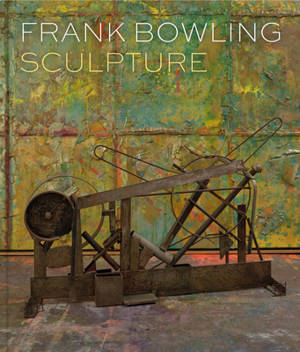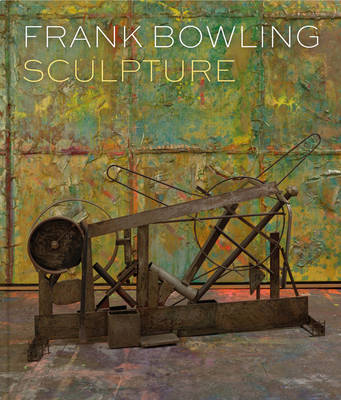
- Retrait gratuit dans votre magasin Club
- 7.000.000 titres dans notre catalogue
- Payer en toute sécurité
- Toujours un magasin près de chez vous
- Retrait gratuit dans votre magasin Club
- 7.000.0000 titres dans notre catalogue
- Payer en toute sécurité
- Toujours un magasin près de chez vous
Description
How Bowling's sculpture expands and complicates his reputation as a high modernist painter
This is the first publication to examine Frank Bowling's (born 1934) art and ideas in relation to sculpture. An extended essay by Sam Cornish charts his interactions with sculpture since the 1960s, beginning with his shaped canvas Swan (1964), which was first displayed with ribbons and an anchor hanging from it. The text also considers Bowling's time in New York in the late 1960s and early 1970s, when he was involved with debates around Black art and the work of a number of African American sculptors.
The book asks how Bowling's sculpture extends our understanding of his pictorial language. Considering this relationship also highlights the importance of sculpture to high modernism, from which Bowling's mature art emerged. Bowling is one of a number of high modernist painters--including Jules Olitski, Kenneth Noland and Helen Frankenthaler--who also made sculpture, complicating perceptions of high modernism as a tendency associated primarily with painting.
Spécifications
Parties prenantes
- Auteur(s) :
- Editeur:
Contenu
- Nombre de pages :
- 170
- Langue:
- Anglais
Caractéristiques
- EAN:
- 9781909932746
- Date de parution :
- 15-11-22
- Format:
- Livre relié
- Format numérique:
- Genaaid
- Dimensions :
- 244 mm x 284 mm
- Poids :
- 1270 g

Les avis
Nous publions uniquement les avis qui respectent les conditions requises. Consultez nos conditions pour les avis.






